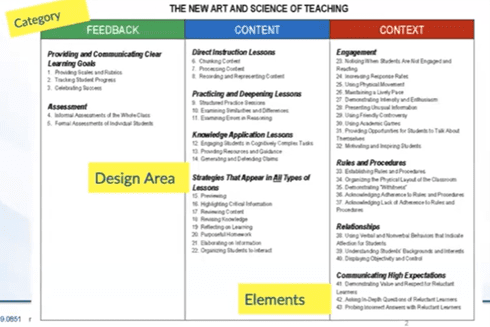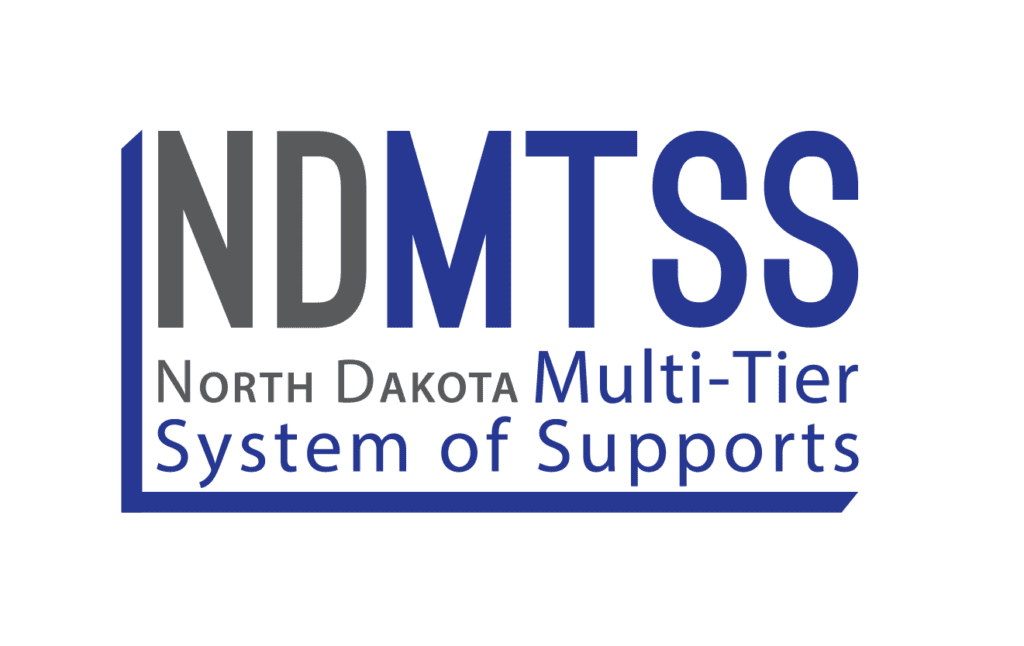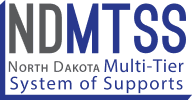Establishing a Model of Instruction: How we teach matters!
The Model of Instruction is a fundamental framework that guides educators in delivering effective and engaging lessons. At its core it serves as a blueprint for teaching, outlining specific strategies and teaching methods that teachers should use during instruction. Through development and implementation of a well-structured Model of Instruction, educators can create a learning environment that meets the diverse needs of their students, while also maintaining a common language for instructional expectations.
Typically, the Model of Instruction involves several key components which can include:
- setting clear objectives
- planning lessons
- delivering content
- engaging students
- assessing student understanding
- classroom rules and procedures
One example of the model of instruction developed by the New Art and Science of Teaching (pictured below) incorporates many of these components (i.e. the “Design Area”), within some larger buckets or “Categories” – such as Feedback, Content, and Context. Furthermore, this model included specific look for examples “Elements” underneath each of the specific design areas.

In the end, the overarching categories (and the sub-categories within them) are up to your school to decide on what is most important. However, there should be consensus and understanding across all staff regarding the non-negotiables identified for an ideal teaching and learning environment in your system.
Once your school defines what their dream vision is for their model of instruction, it is critically important to identify specifically what each of those elements of those sub-categories looks like in practice. Simply put, if you are going to have a model of instruction, you should be able to model what that looks like 😉 When doing so, make sure you provide multiple specific examples of evidence-based strategies that educators can see or use as reference. There is no single strategy that will work for all students or across all teaching situations, but there are many evidence-based strategies out there in the research and through your own experience that have demonstrated consistent success with kids. This will help your school as a team truly clarify and define what types of things are in direct alignment with your model of instruction, and which practices are not. Furthermore, this clarity in the definition will assist principals and instructional coaches to be more concrete and specific on things they observe in your classroom, AND also provide them with a common language to use when giving you pointed feedback/coaching on how to improve. Ongoing observations and monitoring of these elements is CRITICAL to ensuring a consistent level of instruction is provided across all classrooms and students. Change takes both time and multiple opportunities to practice. Similar to how we use the gradual release of responsibility with our students as they learn, we also need that with our educators. 😊 Don’t let effective practices fall to the wayside or victim to the adage “If it’s not monitored, it becomes optional.”
Written By: Chris Thompson, SEEC/NDMTSS Data Specialist

